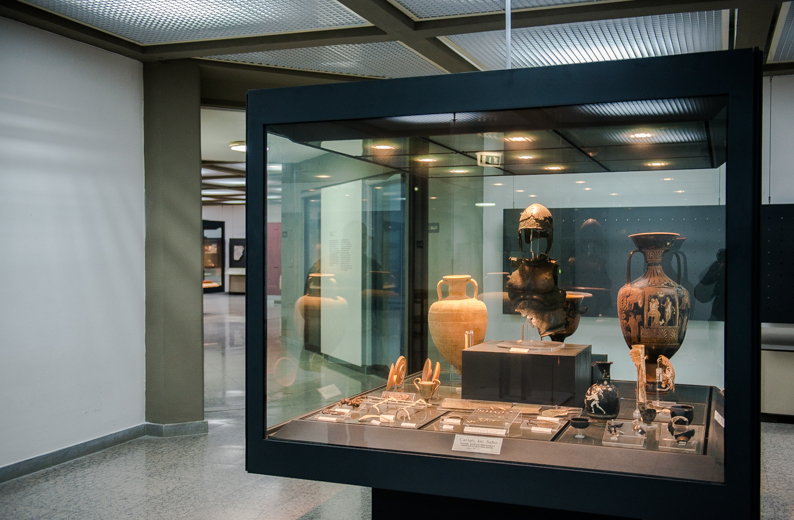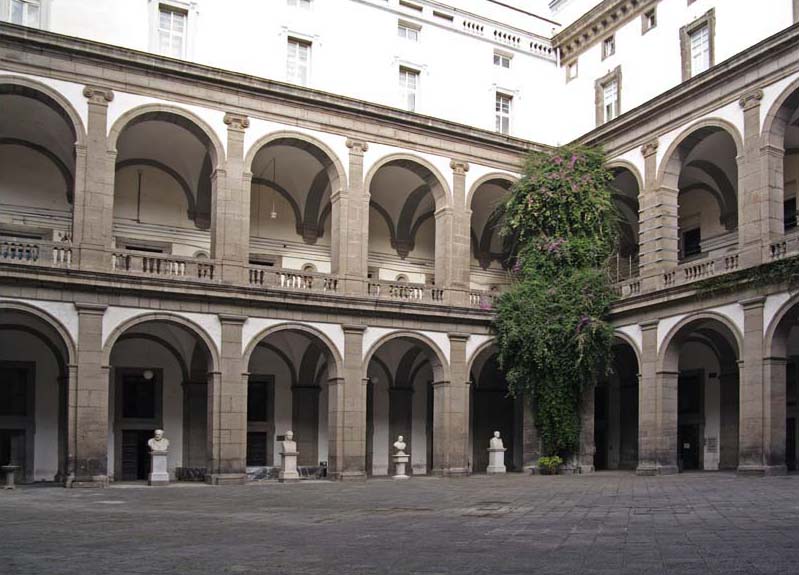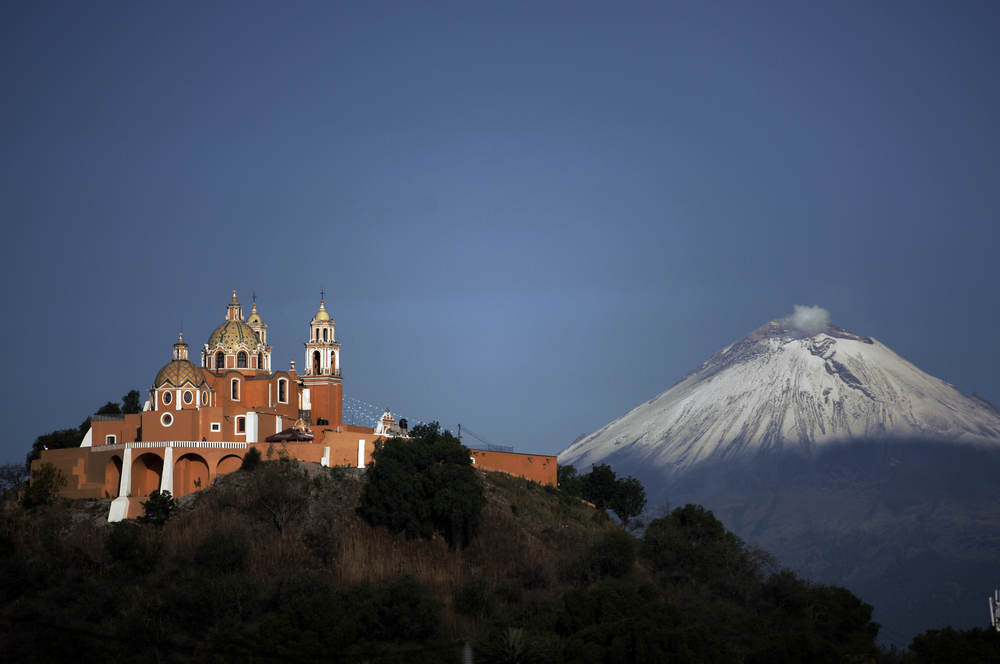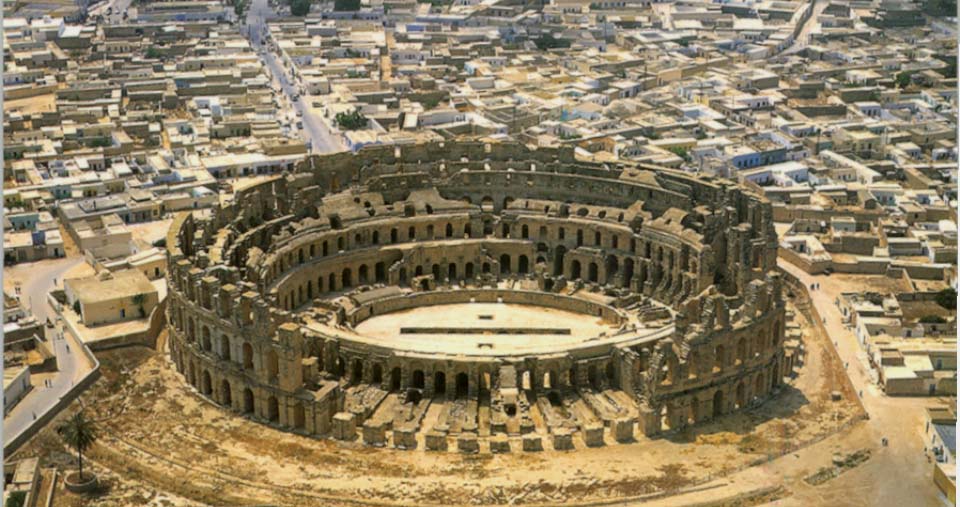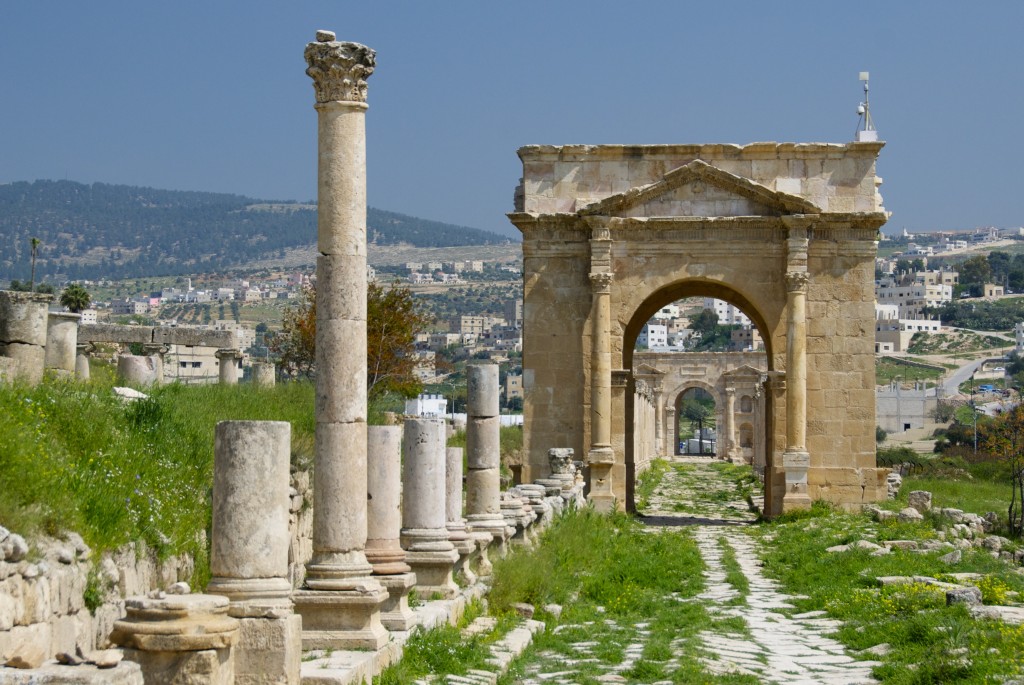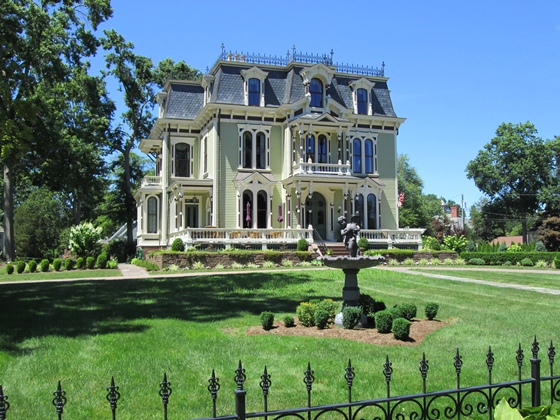The ancient colony of Sybaris stood at the centre of the vast alluvial plain surrounded by the Pollino and the last offshoots of the Greek Sila, furrowed by the rivers Crati and Sybaris (today’s Coscile). Here in the VII century a. C. the Achaeans founded a city destined to become one of the most powerful and prosperous in Magna Graecia. On this site over the centuries three cities were stratified: Sybaris, Thuri, Copia, of them important remains are now preserved in the Museum of the Sybaris and in the Archaeological Park. The Museum houses and exhibits the archaeological documents of the Sybaris, the territory that since antiquity gravitated around the city of Sybaris. From protohistory to Roman civilization, up to late antiquity and the Middle Ages, research has returned important evidence of this area. Emblem of the city of Sybaris is the bull; figure chosen in the ancient coinage the standing bull, with the head turned backwards, still identifies the Museum. The " the bull is without doubt the most evocative find. The initial architectural project has been elaborated because of a possible progressive availability of knowledge, finds and fìnanziamenti, assuming the modularity of the building volumes and the flexibility – functionality of the spaces, as essential peculiarities. The building, of about 4,000 square meters on two levels, consists of a central core that has the function of organizing the rooms and paths of the museum, four exhibition units and a body of services. In addition to the exhibition spaces, there are also the rooms for the many administrative and scientific activities of a museum body: warehouses for the material coming from the excavations, studies, restoration, drawing and photographic laboratories, storerooms for the reserve of the finds not on display, offices, control rooms. The building complex, completed in September 1992, is currently operational for the administrative, research, study, restoration and conservation functions. On 11 February 2017, the new museum modules were handed over to the National Archaeological Museum of the Sibaritide, together with the Archaeological Park, with PON funding.These resources, intended to recover the damage caused by the flooding of the Crati in 2012, have allowed the design of a museum not only larger, enriched with a new module but also more modern for the construction of a new deposit and spaces for multimedia installations. The new layout is being built soon. The Archaeological Park recovered for use with PON funding, presents the new building for the reception and ticket office and new routes to visit the areas of the most recent archaeological discovery.
